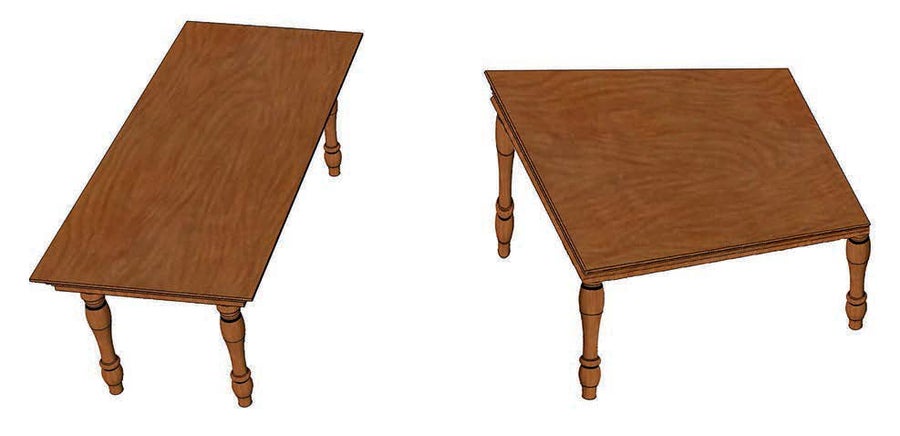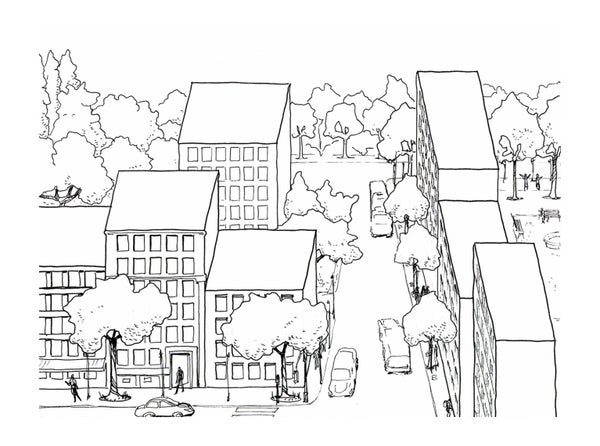This article was published in Scientific American’s former blog network and reflects the views of the author, not necessarily those of Scientific American
Worldwide voting for the 13th Best Illusion of the Year Contest will take place on the contest’s website, from 4pm EDT on October 4th to 4pm EDT on October 5th.
The Top 10 finalist illusions, selected from dozens of entries from all around the world, will be publicly revealed at that time!
The Best Illusion of the Year Contest, hosted by the Neural Correlate Society, is now an online competition: anybody with an internet connection (that means you!) can vote to pick the Top 3 Winners from the Top 10 finalists.
On supporting science journalism
If you're enjoying this article, consider supporting our award-winning journalism by subscribing. By purchasing a subscription you are helping to ensure the future of impactful stories about the discoveries and ideas shaping our world today.
The 1st place winning illusion will receive a $3,000 award, the 2nd place winner a $2,000 award, and the 3rd place winner a $1,000 award.
This year’s Contest coincides with the release of Champions of Illusion: The Science Behind Mind-Boggling Images and Mystifying Brain Puzzles. “Champions” features many of the best illusions from the Contest, and their neural underpinnings.

Credit: Champions of Illusion Book
Leading up to this year’s Contest, and to the release of Champions of Illusion, we will use this space to showcase honorable mentions from the current competition.
Our second Honorable Mention of 2017 was submitted by Vesna Stojakovic, an associate professor in the Department of Architecture in the Faculty of Technical Sciences at the University of Novi Sad, Serbia. Stojakovic’s “Rooftops” illusion is based on the classical Shepard’s Tables illusion, in which two identical shapes appear to be drastically different (one longer and narrower and the other shorter and wider).

A version of the classical Shepard’s Tables illusion, as featured in the upcoming Champions of Illusion. Credit: The Neural Correlate Society
Stojakovic’s illusion is based on depth perception, and particularly on what is known as “reverse perspective.” According to Stojakovic, we expect parallel lines to converge to a single vanishing point in the distance. If such vanishing point is close to the middle of the image, then we anticipate a dramatic depth shortening. But because the shapes in “Rooftops” (as well as in the classical Shepard’s Tables illusion) are in orthographic projection, no shortening occurs, and so we conclude that the identical shapes are vastly different. To enhance the effect, Stojakovic applied realistic perspective effects to the sizes of all elements in the scene depicted, except for the rooftops themselves.
Stojakovic answered a few questions about her illusion discovery and significance (edited for clarity):
Illusion Chasers: How does your illusion work, and how does it relate to everyday experience?
Stojakovic: “Rooftops” mixes perspective and orthographic projection. We typically perceive small-scale objects as orthographic projections, and large-scale objects in perspective projection—such as that parallel lines converge in a vanishing point. In “Rooftops,” large-scale objects are represented in orthographic projection, so the brain gets confused about how to interpret the spatial relationships between objects in the scene. To strengthen the illusion, I added forced perspective—which Disneyland loves to use to make fake castles appear larger, for instance.
Illusion Chasers: How did you discover your illusion?
Stojakovic: I teach descriptive geometry and perspective. My students are always fascinated by perspective illusions, so in addition to geometry, I like to introduce spatial illusions in my teaching. These illusions help my students understand the concepts, and they inspire them to think about space in a deeper way.
Illusion Chasers: “Rooftops” is the most aesthetically pleasing version of the Shepard’s Tables illusion we have ever seen. Do you have artistic training? What inspired you to present the illusion in such a way?
Stojakovic: I am an architect specialized in digital technologies applied to architecture and design, and I love to draw and create illustrations. I have seen many examples of Shepard's Tables illusion (my students often use a ruler to measure the tabletops), but I always thought that the illusion could be further improved if used in a different environment. The call for illusions to compete in this year’s Contest was a good incentive to try out my idea.
